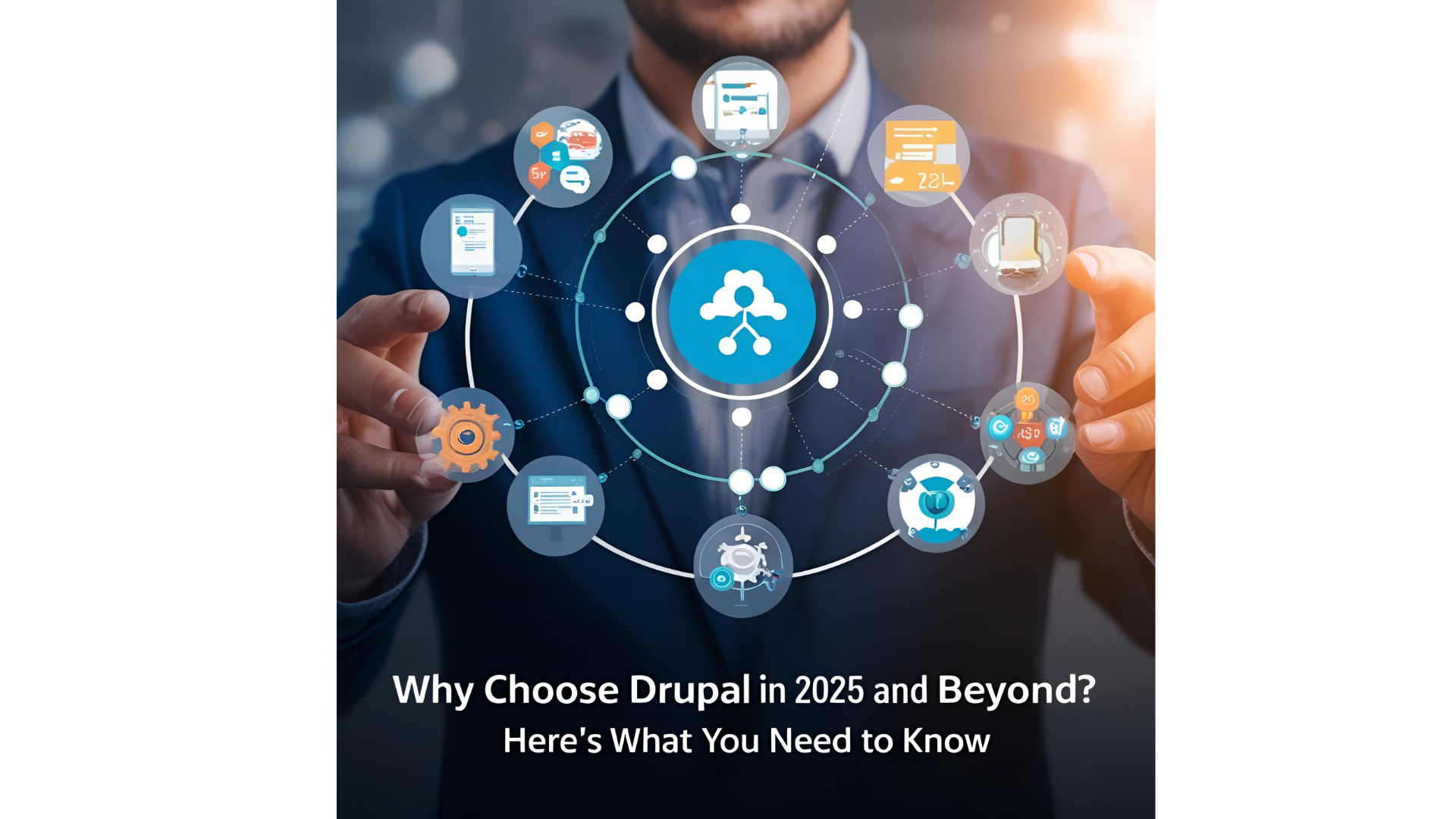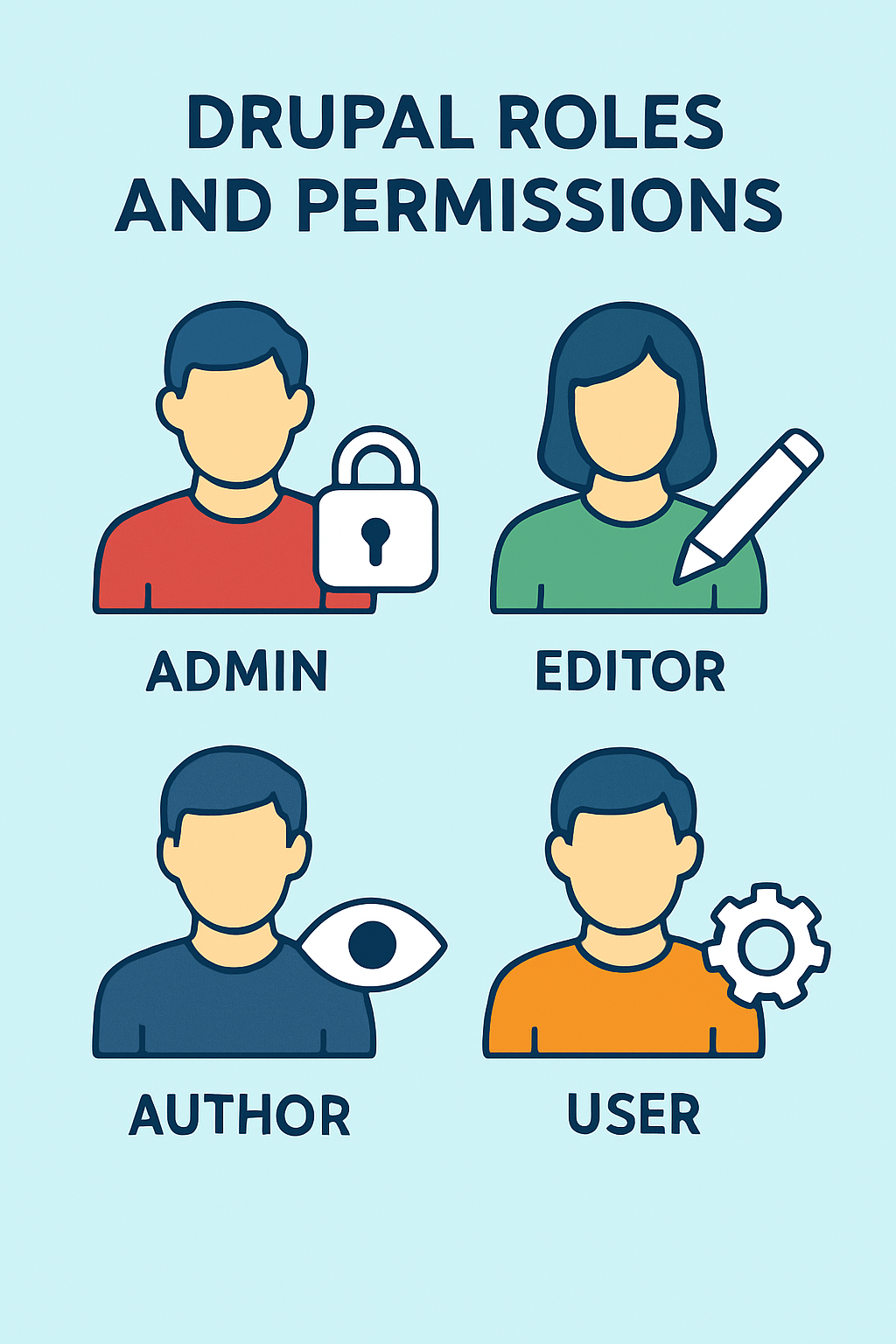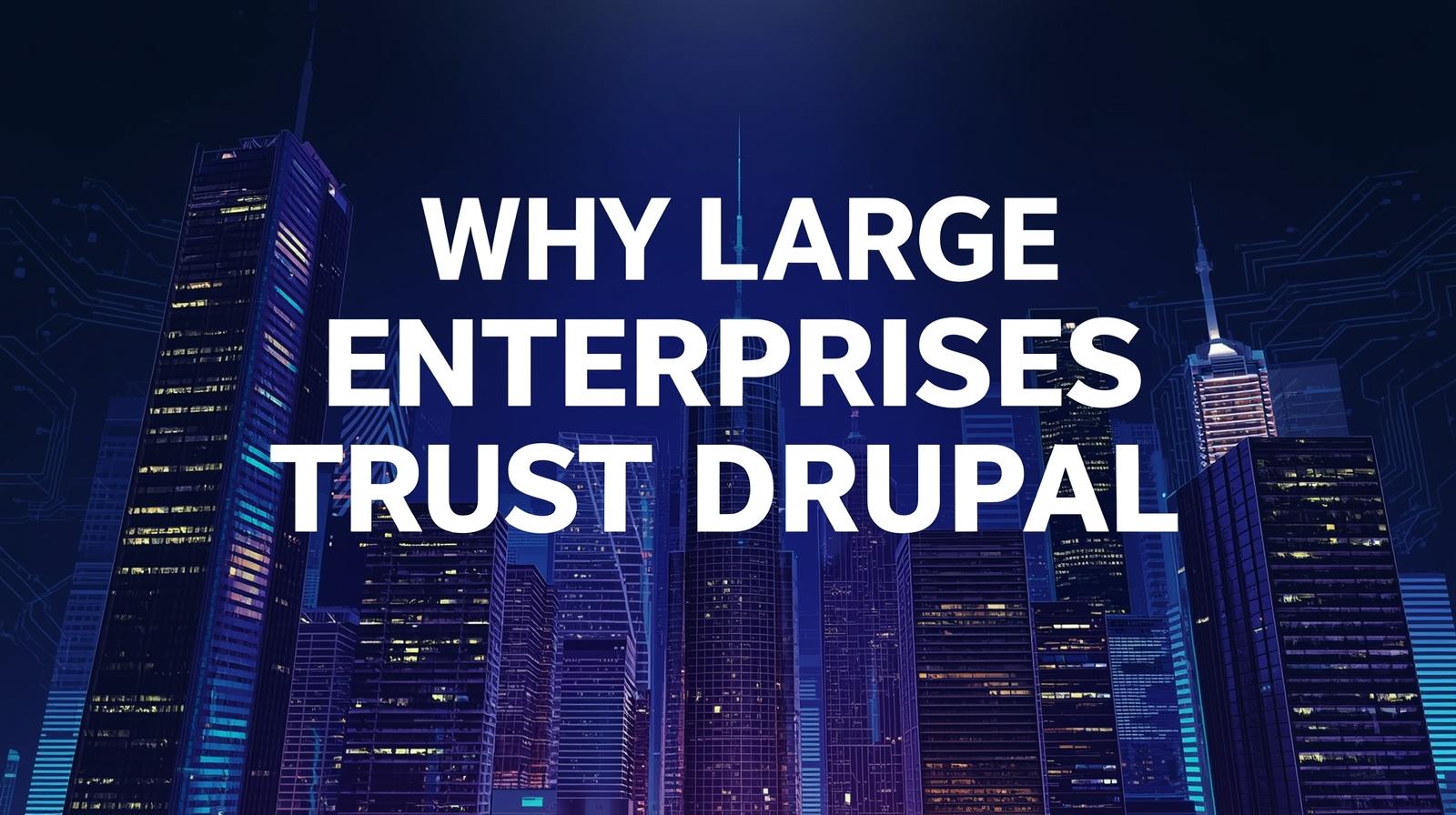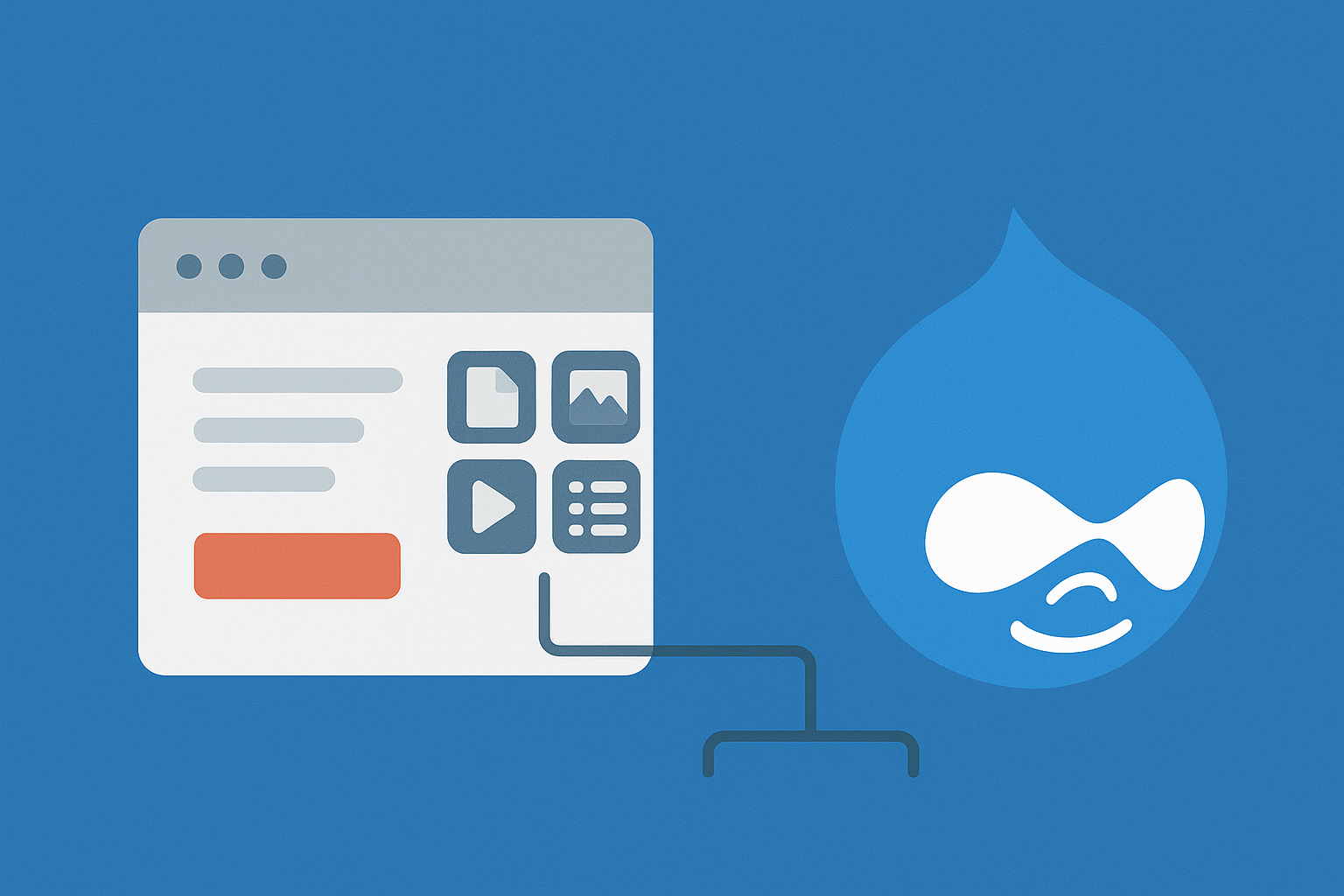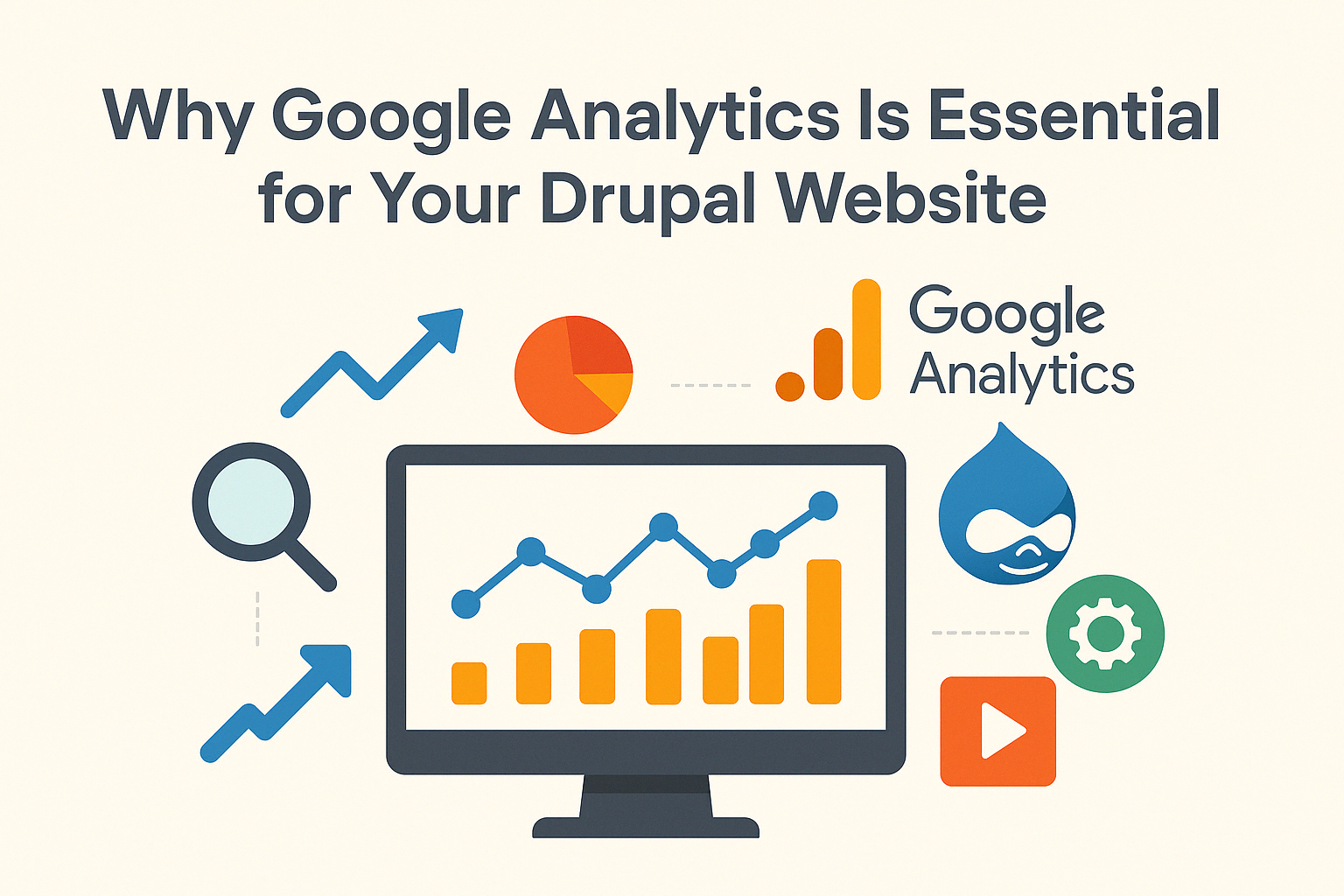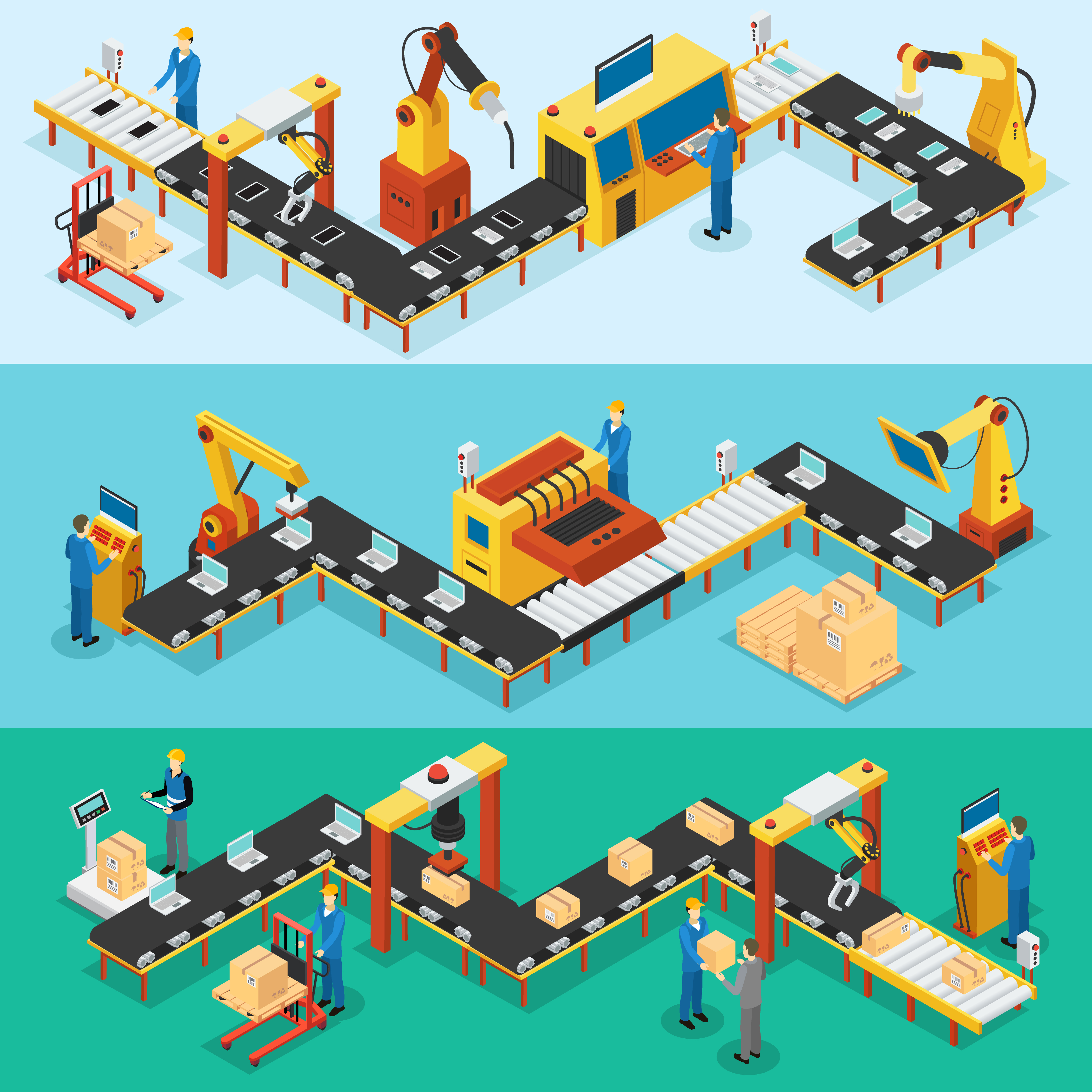1. Stability with Innovation: A Rare Balance
Drupal has long been known for its stability and reliability, which are critical for enterprise-grade websites. With the release of Drupal 10 and continued support for long-term upgrades, the platform has become more user-friendly and future-proof than ever.
Unlike other CMS platforms that chase trends and leave old versions behind, Drupal emphasizes continuous innovation without sacrificing backward compatibility. That means fewer disruptions and smoother transitions as the web evolves.
2. Built for Scalability and Complexity
If you’re building a simple blog, you might get away with using a lightweight CMS. But for complex, multi-user, multilingual, or data-heavy platforms, Drupal stands in a league of its own. It's trusted by organizations like NASA, the European Commission, and major universities not just for content—but for complex digital ecosystems.
As AI, personalization, and automation continue to shape the user experience, Drupal’s API-first architecture and decoupled (headless) capabilities make it flexible enough to integrate with virtually anything.
3. A Strong, Global Community
One of Drupal’s most powerful assets is its global open-source community. With tens of thousands of developers, contributors, and agencies supporting the platform, it evolves quickly and responsibly.
In a time when closed-source software is increasingly under scrutiny for data privacy and vendor lock-in, Drupal’s open-source model ensures transparency, freedom, and control over your digital assets.
4. Enhanced User Experience
Historically, Drupal’s admin interface wasn’t known for being user-friendly—but that’s changed. In 2025, the experience for content editors and site builders is dramatically improved thanks to tools like:
Layout Builder for drag-and-drop design
Claro Admin Theme for a cleaner, modern UI
Gin Admin Theme (community favorite) for a smoother UX
This means you no longer need a developer just to update a page layout—Drupal empowers content teams to work more independently.
5. Security That’s Battle-Tested
Security threats in 2025 are more sophisticated than ever. Drupal consistently ranks among the most secure CMS platforms, thanks to:
A dedicated Drupal Security Team
Regular core and module updates
Granular user permissions and advanced access control
If your website handles sensitive data or requires regulatory compliance (HIPAA, GDPR, etc.), Drupal is a trusted solution.
6. Sustainability and Longevity
Websites today are long-term investments. You don’t want to rebuild every three years. Drupal’s commitment to semantic versioning and easy upgrade paths means you can build once and scale indefinitely.
Additionally, Drupal is increasingly embracing green web practices, including efficient codebases and reduced server loads—aligning with global goals around digital sustainability.
Final Thoughts: Drupal Is Ready for the Future
Whether you're a developer, marketer, CTO, or content strategist, the platform you choose matters. Drupal’s combination of power, flexibility, community support, and forward-thinking architecture makes it uniquely suited for modern digital needs.
In 2025 and beyond, Drupal isn't just keeping up—it’s leading the way.

